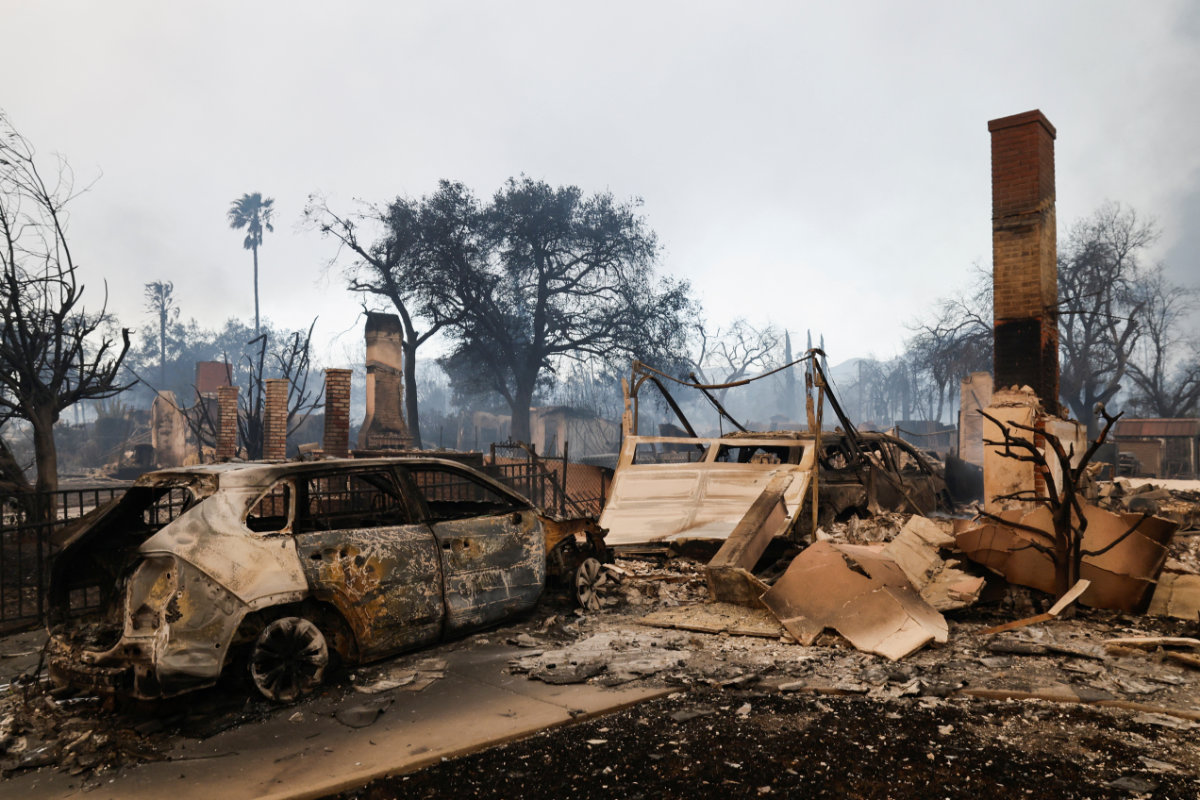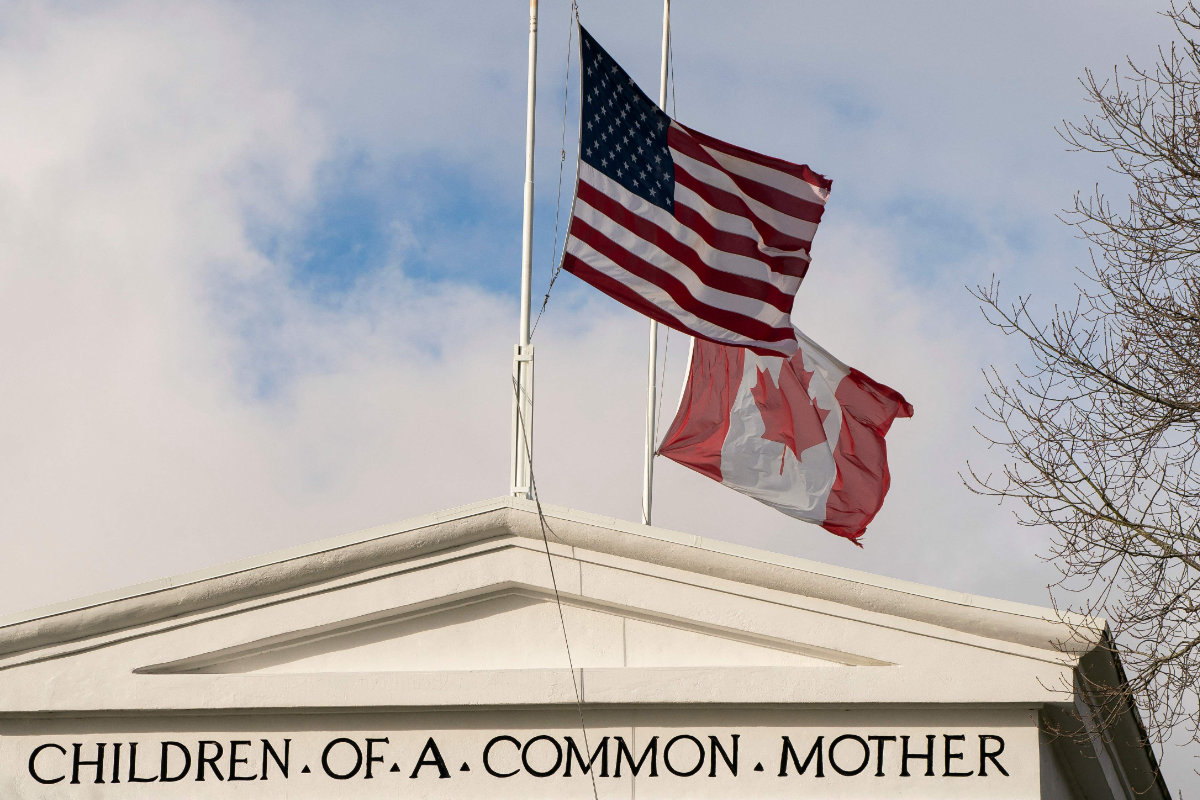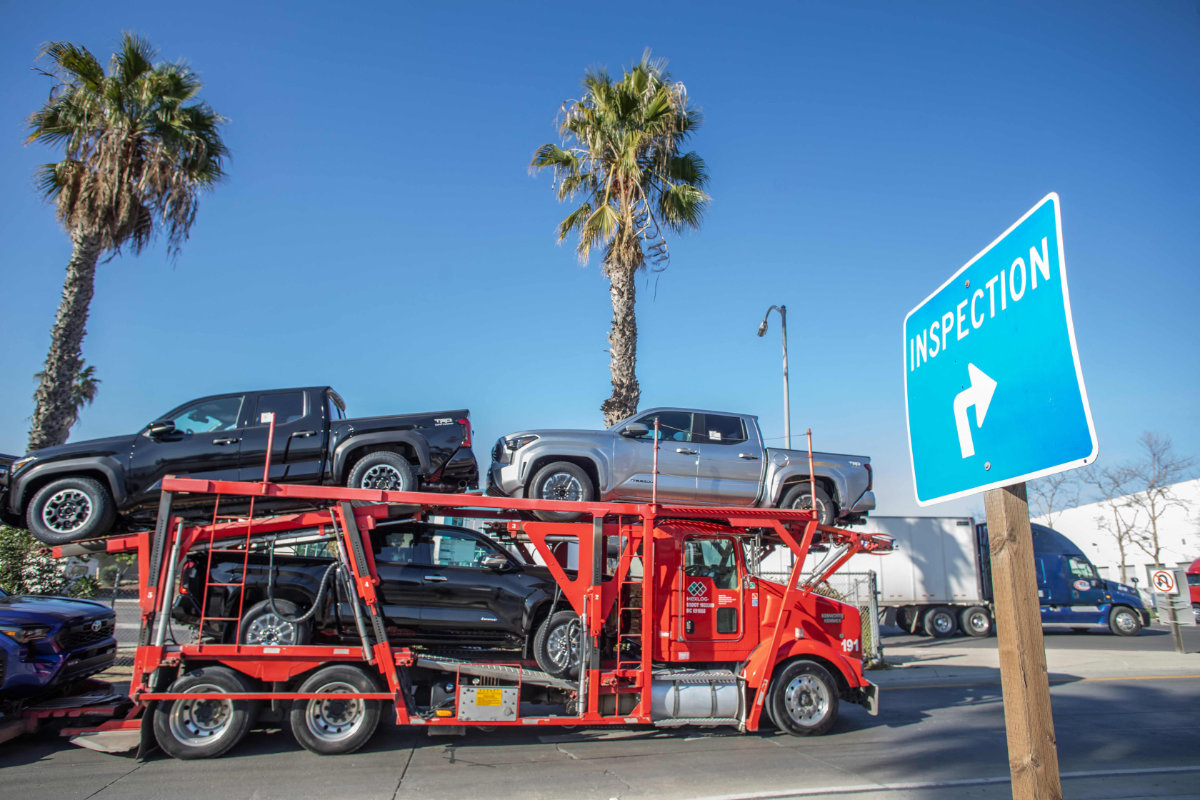LOS ANGELES: Massive wildfires burning in the Los Angeles area have filled the air with a thick cloud of smoke and ash, prompting air quality adviseries across a vast stretch of Southern California.
Three major fires broke out Tuesday amid dangerously high winds, killing at least five people and destroying more than 1,000 structures. Tens of thousands of people have been told to evacuate, many in harrowing conditions.
Fires have burned several celebrities’ homes and force stars including Mark Hamill, Mandy Moore and James Woods, to evacuate.
In Altadena where one of the major fires raged, the smoke was so thick a person used a flashlight to see down the street. A dark cloud hovered over downtown Los Angeles and smoky air and ash drifted well beyond the city to communities to the east and south.
Wildfire smoke increases tiny particles in the air known as particulate matter that can be harmful to people’s health. Children, the elderly and people with conditions such as heart and lung disease are more sensitive to the effects.
Dr. Puneet Gupta, the assistant medical director for the Los Angeles County Fire Department, said wildfire smoke is known to cause heart attacks and worsen asthma, and that burning homes can also release cyanide and carbon dioxide. He said sickened patients are showing up in emergency rooms when hospitals already are full because of flu season, and some hospitals could also face evacuations due to the fires.
“We have a number of hospitals that are threatened, and if they have to be evacuated, it could become a crisis,” said Gupta, also a spokesperson for the American College of Emergency Physicians. “So that is one of the things that we have to consider.”
US Health Secretary Xavier Becerra raised concerns Wednesday about the smoke’s impact on people’s health in the aftermath of fires that have charred massive amounts of vegetation and buildings.
“That air that’s being spewed is no longer just the kind of smoke that we used to see from wildfires, where it was natural vegetation that was burning,” said Becerra, a former California Attorney General. “Now you got a whole bunch of toxic materials that are getting burned and put into the air.”
What areas are affected?
About 17 million people living across Southern California are covered by smoke and dust adviseries issued for the three wildfires, according to the South Coast Air Quality Management District.
The smoke advisory was expected to last until late Thursday. A dust advisory was also in effect until late Wednesday as gusty winds could kick up ash and dust from prior fires and further worsen air conditions, the district said.
The worst conditions were in the vicinity of the fires with some areas covered in thick, gray smoke. In East Los Angeles, the air quality index hit an unhealthy 173. Good air quality is considered to be 50 or less.
But dozens of miles away, air quality also was deemed unhealthy for sensitive groups including the elderly and young children. Officials in the city of Long Beach about 20 miles (32 kilometers) south of Los Angeles warned residents to take precautions due to the smoky air, and in coastal Rancho Palos Verdes the air quality index measured 108, which is considered unhealthy for those sensitive to pollution.
Winds from the northwest were expected late Wednesday and Thursday to push air from the regions where fires were still burning toward the south across Los Angeles and Orange counties and east toward San Bernardino County.
People living in areas affected by wildfire smoke should try to stay indoors and keep windows and doors shut to limit their exposure.
They should avoid vigorous physical activity and run air conditioning or an air purifier, and should not use house fans that draw in outside air.
For those who must be outside, a respirator mask can offer some protection, according to air quality regulators.
Stars who lost homes in the wildfires
Cary Elwes and Paris Hilton are among the stars who said Wedesday they had lost homes in the Palisade fire.
The Pacific Palisades neighborhood is a hillside area along the coast dotted with celebrity residences and memorialized by the Beach Boys in their 1960s hit “Surfin’ USA.” In the frantic haste to get to safety, roadways became impassable when scores of people abandoned their vehicles and fled on foot, some toting suitcases.
“Evacuated Malibu so last minute,” wrote Hamill in an Instagram post Tuesday night. “Small fires on both sides of the road as we approached (the Pacific Coast Highway).”

Less than 72 hours before, Hollywood’s highest-wattage stars had convened to walk the Golden Globes’ red carpet, the first major event of the exuberant and, for many, triumphant awards season. The revelry of awards season had quickly been snuffed out, too: Premieres of contenders like “Better Man” and “The Last Showgirl” were canceled, the Screen Actors Guild Awards nominations were announced via press release instead of at a live event and weekend events like the AFI Awards were preemptively scrubbed.
The Oscar nominations are also being delayed two days to Jan. 19 and the film academy has extended the voting window to accommodate members affected by the fires.
Elwes, the star of “The Princess Bride” and numerous other films, wrote on Instagram Wednesday that his family was safe but their home had burned in the coastal Palisades fire. “Sadly we did lose our home but we are grateful to have survived this truly devastating fire,” Elwes wrote.
Hilton posted a news video clip on Instagram and said it included footage of her destroyed home in Malibu. “This home was where we built so many precious memories. It’s where Phoenix took his first steps and where we dreamed of building a lifetime of memories with London,” she said, referencing her young children.
“The devastation is unimaginable. To know so many are waking up today without the place they called home is truly heartbreaking,” she wrote.

Burnt structures and vehicles stand in ruin after wildfires fueled by powerful winds swept across southern California. (REUTERS)
Jamie Lee Curtis said Wednesday on Instagram that her family is safe, but she suggested her neighborhood and possibly her home is on fire. She said many of her friends lost their homes.
“It’s a terrifying situation and I’m grateful to the firefighters and all of the good Samaritans who are helping people get out of the way of the blaze.”
Other stars who have homes in the area include Adam Sandler, Ben Affleck, Tom Hanks and Steven Spielberg.
Many are awaiting word on whether their homes survived the flames.
Mandy Moore said her family evacuated too and has since tried to shield her kids from the “immense sadness and worry” that she currently feels.
“So gutted for the destruction and loss,” she posted in her Instagram story. “Don’t know if our place made it.”
Woods posted footage Tuesday of flames burning through bushes and past palm trees on a hill near his home. The towering orange flames billowed among the landscaped yards between the homes.
“Standing in my driveway, getting ready to evacuate,” Woods said in the short video on X. Later, he confirmed he had evacuated and added: “It tests your soul, losing everything at once, I must say.”

































